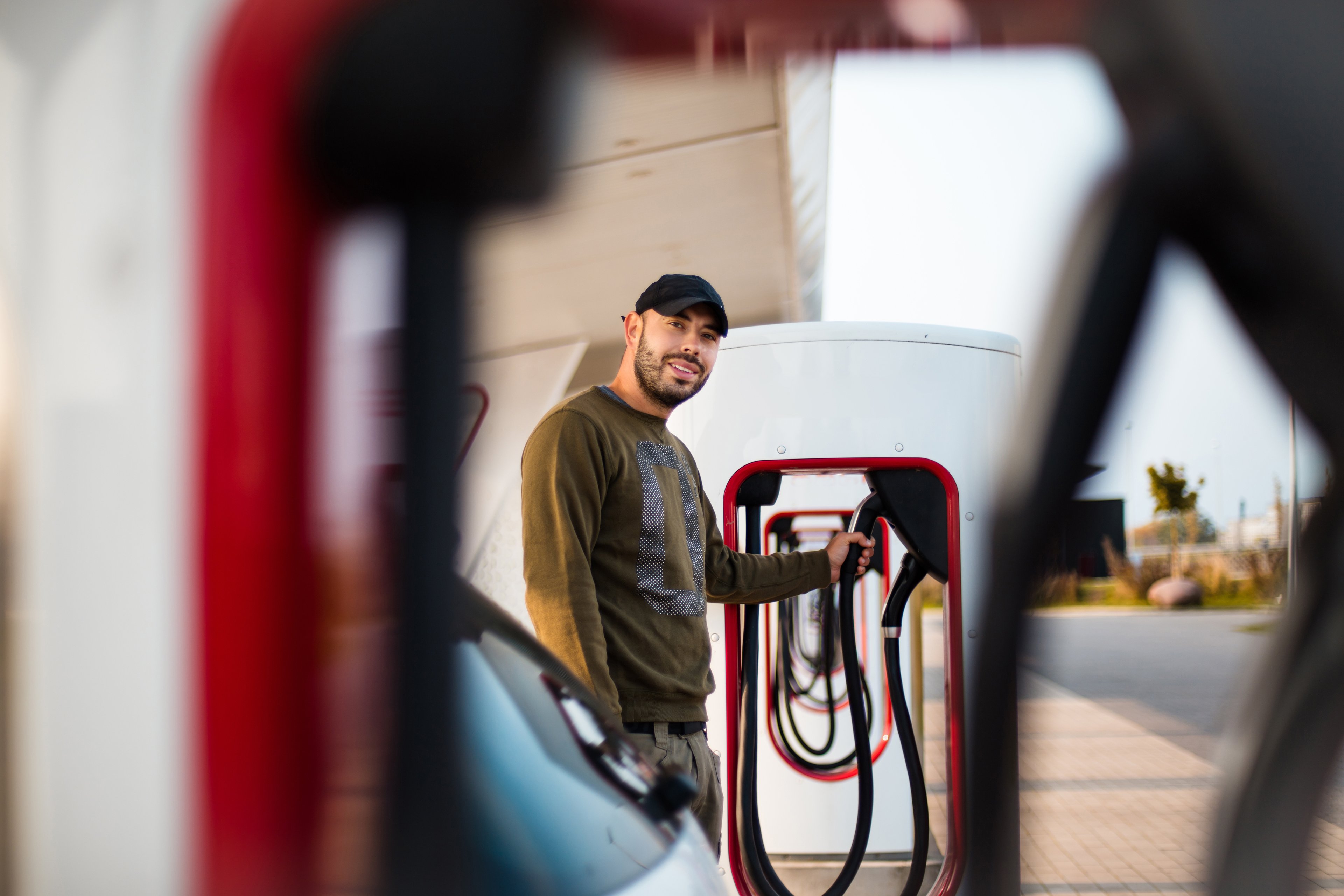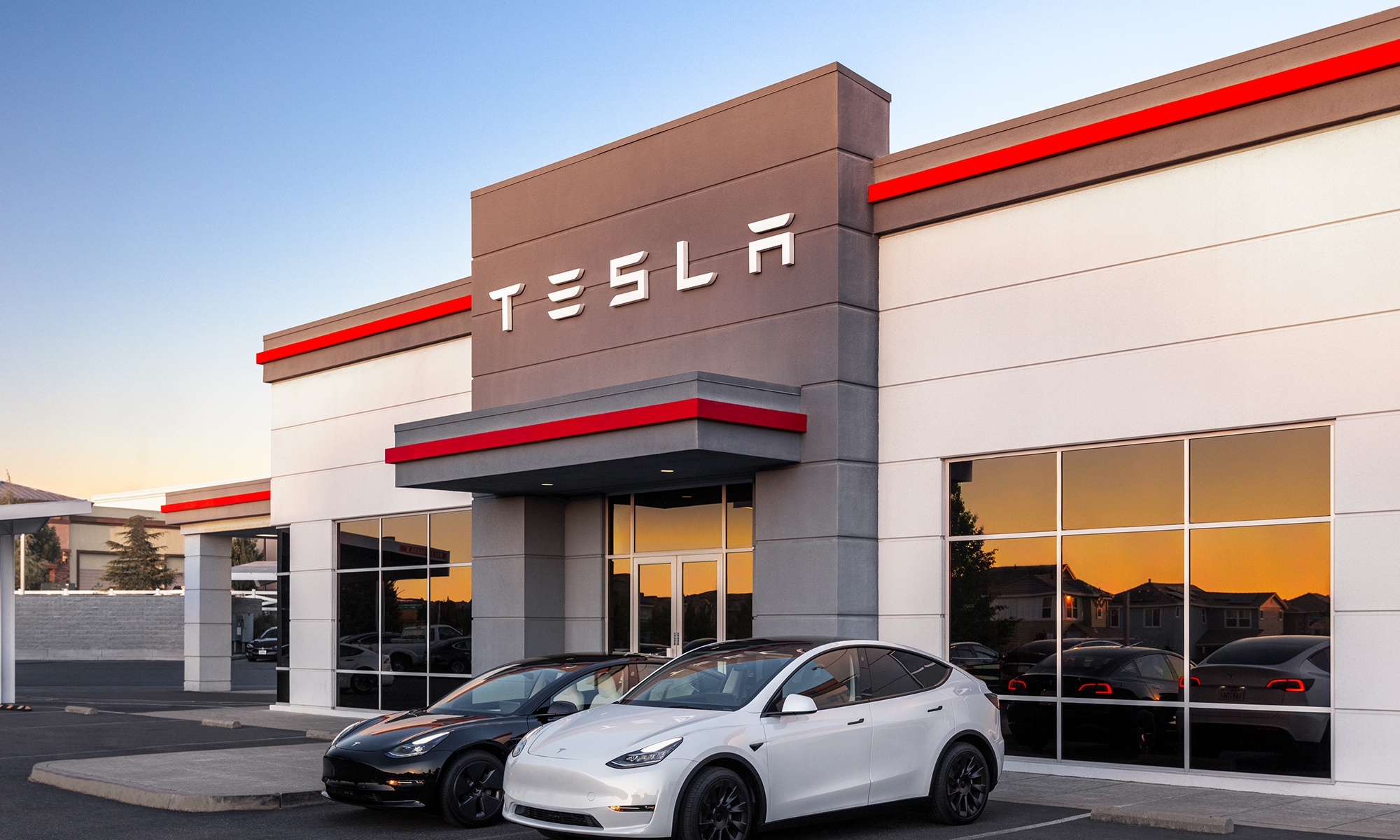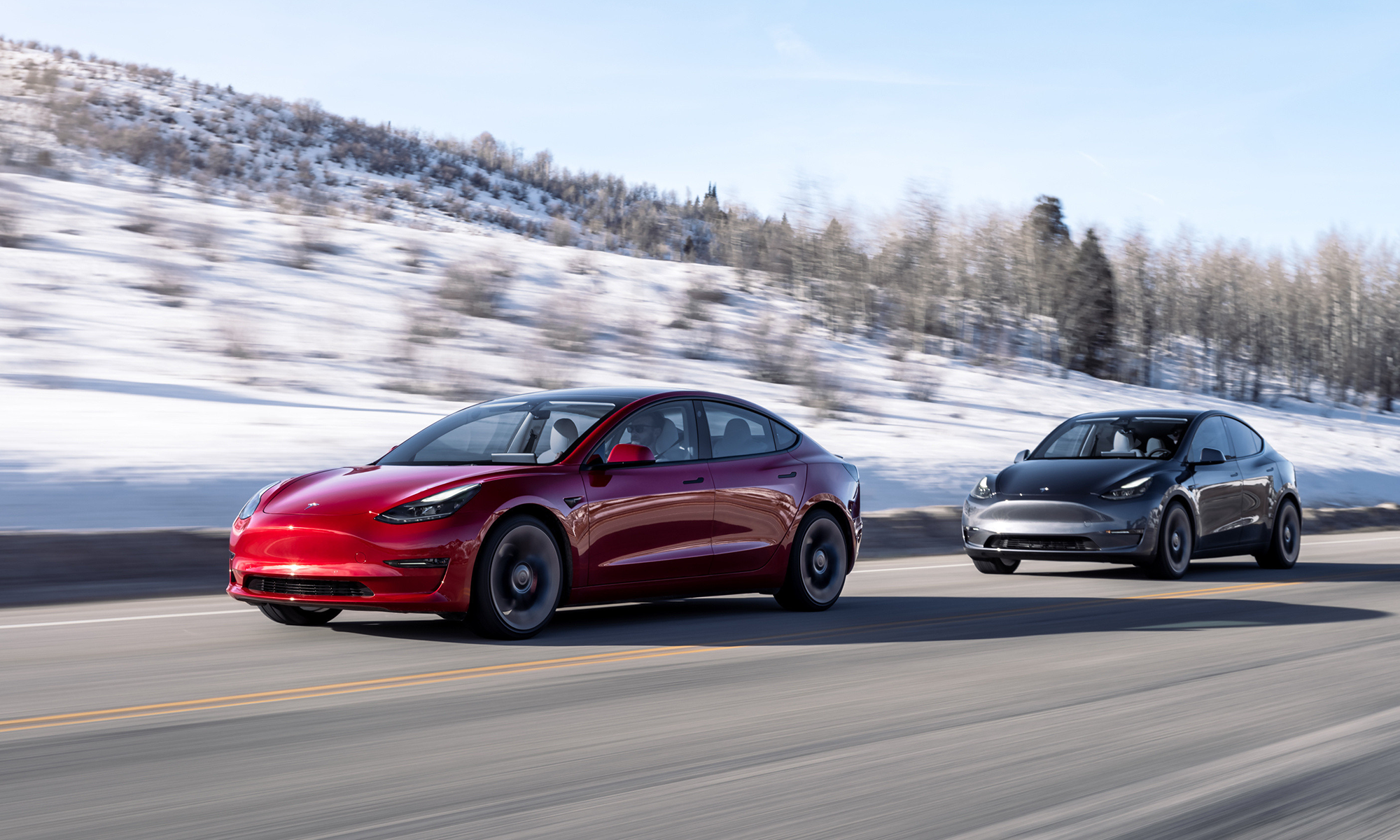On Thursday, electric-car maker Tesla Motors (TSLA +1.52%) announced it's bringing back a lower-cost, 60-kilowatt-hour variant of the Model S. The move highlights the company's growing market ambitions for the vehicle.

The Model S. Image source: Tesla Motors.
Meet Tesla's new Model S 60 and 60D
It was just last April when Tesla stopped selling its lowest-price Model S, which sported a 60 kWh battery. The $71,000 model was replaced with a more formidable dual-motor Model S version with a 70 kWh battery, the 70D, which started at $75,000.
But the Model S 60 is back -- packed with a whole lot more value and a lower price. This time around, Tesla's Model S 60 starts at $66,000, includes lifetime access to Tesla's Supercharger network (for which buyers used to be charged $2,000 extra), gets 210 miles of range instead of 208, and -- here's the biggest benefit of all -- comes with a 75 kWh battery. The larger battery is available for a $9,000 fee, anytime after delivery, with a simple over-the-air software update.

Image source: Tesla Motors.
In addition to reintroducing a 60 kWh Model S, Tesla also announced a 60D, the same model with dual-motor all-wheel drive. The 60D pricing begins at $71,000.
Along with Tesla's Thursday announcement of a more aggressively priced Model S, the company stopped selling its Model S 70 and 70D. Technically, of course, Tesla's Model S 60 and 60D are the same vehicles, since both the 70 models and the 60 models actually sported a 75 kWh battery -- at least since May, when Tesla began including 75 kWh batteries in the 70 and 70D (customers could get access to their larger batteries by paying $3,000). This emphasizes just how aggressive this move was for Tesla; the company is still delivering the same vehicle and battery -- but it's offering it at an even lower price.
Why?
Tesla's decision to introduce a lower-cost Model S isn't defensive; the company has been clear that demand for its vehicle is thriving. Before Tesla began delivering its Model X SUV late last year and previewed its lower-cost Model 3 earlier this year, some investors were worried the new vehicles could begin cannibalizing sales of the automaker's Model S. But, so far, the opposite has happened: Tesla has said the first deliveries of the Model X and the beginning of reservations for the Model 3 have both been catalysts for demand for the Model S.

Tesla factory. Image source: Tesla Motors.
Tesla's recent pricing moves are more likely an attempt to grow sales of the popular vehicle even higher. In 2015, Tesla delivered about 50,400 Model S vehicles -- up from about 31,700 in 2014. In 2016, Tesla predicts it will sell 80,000 to 90,000 Model S and X vehicles combined, but a slow Model X production ramp means Model S deliveries are key to hitting this range.
Overall, bringing back the Model S 60 makes sense. I even predicted in December that Tesla would bring the lower-cost Model S back this year. A number of trends were simply beginning to make a case for Tesla to get more aggressive with the Model S: among them are manufacturing efficiency gains, rapidly improving production, lower battery costs, and the proliferation of Tesla's charging locations, which makes traveling easier for owners of Teslas with smaller batteries.






